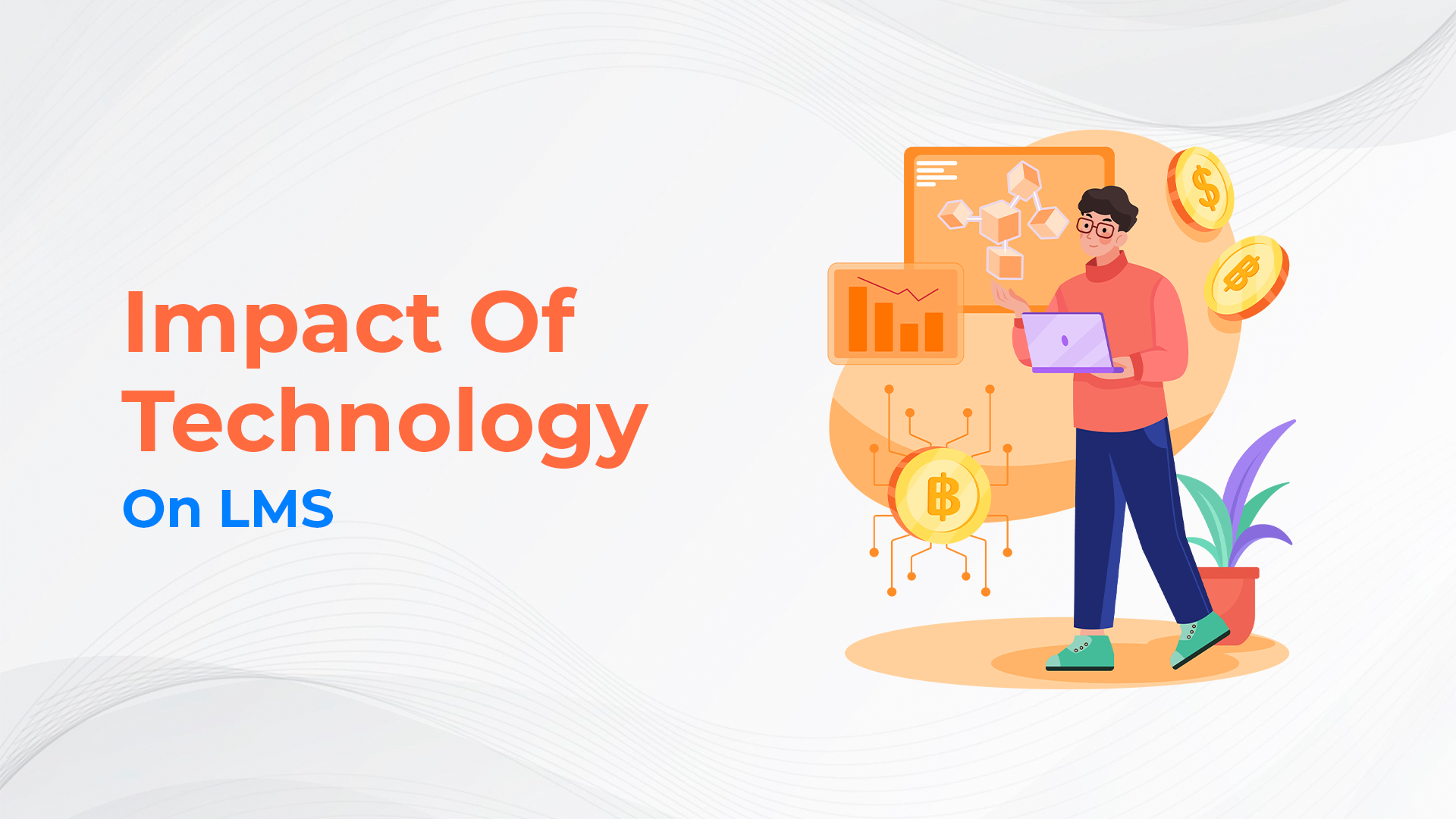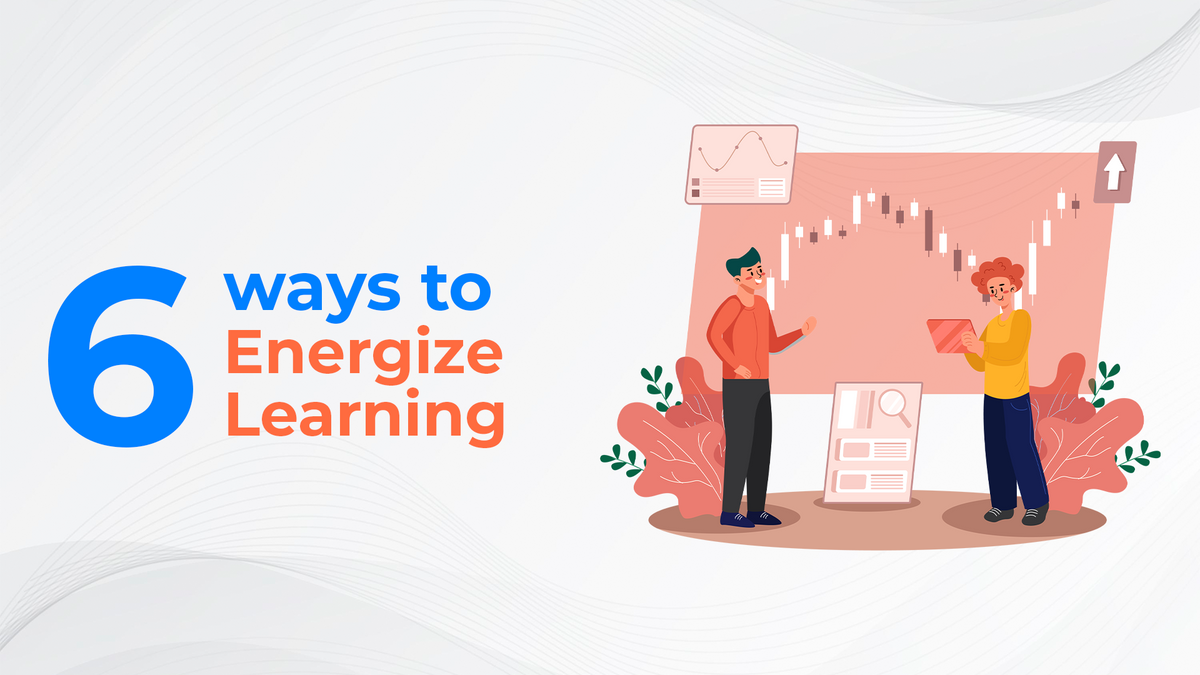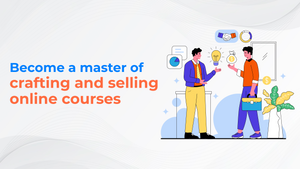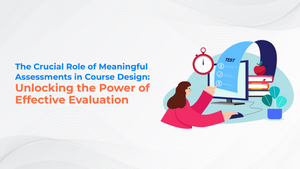We have undoubtedly seen a significant change in the way we learn today due to the Internet. The pandemic does not affect students' online education combines video, audio, images, and graphics to make learning more engaging for learners across borders, of audio, images, and graphics.
In 1997, Peter Drucker said, “The future is outside the traditional campus, outside the traditional classroom. Distance learning is coming on fast.”
Augmented & Virtual Reality
Augmented and virtual reality enables practitioners of eLearning to completely immerse their students in the subject matter, regardless of whether it relates to mathematics, science, history, or literature. Additionally, augmented and virtual reality serve to enhance the other aspects of eLearning to new heights. Combined with augmented and virtual reality, video learning, gamification, and mobile learning have never been so immersive.
As technology continues to improve, this eLearning trend is expected to continue for some time to come. A 360-degree view of a digitized environment, graphics overlays, and a navigable interface are just a few examples of how augmented and virtual reality can be utilized in the context of eLearning. There is no going back, not down. The pre-existing paradigm of a teacher scribbling on a blackboard has already taken its place, and there can only be a way forward.
Learning & Development
A Learning Management System is more than just a tool for planning and implementing lessons. Furthermore, they are responsible for assisting teachers and other behind-the-scenes personnel in gathering actionable data and other factors that could enable them to make informed decisions. This not only helps all parties to evaluate the effectiveness of a lesson or overall course, but it also contributes greatly to learning & development.
In terms of its shortened name, L & D (Learning and Development) is a management strategy that establishes a link between individual performance and the overall goals of an organization. We will discuss its specific role in eLearning, although it is commonly used in various industries and contexts. By applying the collected data, L&D assists teachers in improving what is lagging in their lessons and courses.
Data-driven indications of success led to the development of gamification, augmented reality, microlearning, video learning, social learning, and adaptive learning processes. The role of learning and development, as well as data and analytics, will continue to expand as eLearning trends continue to rise. As a matter of fact, advancements and improvements are impossible without empirical evidence to support them.
Automated Course
In today's world, automation remains a relatively underexplored concept. Although eLearning authoring tools provide access to a wide variety of e-Learning templates and themes, the future will certainly look forward to the introduction of integrated code it will likely.
As a result of their help, you are actually able to develop an eLearning assessment methodology and a game with minimal effort required. It is indeed the right time to explore the future of e-learning at a time when our students have access to some of the most exciting e-learning gives available today.
eLearning To Replace Schools?
One topic that many people debate is whether eLearning could replace the common way of going to school. When we speak of it, we have to see if it happens. Schools will continue to have some advantages that are not replaced by eLearning. The chances of students combining these two are higher.
While both approaches have advantages and have proven to have positive effects on a student's progress, it would be unwise to erase one of them. Following the end of the pandemic, students began returning to their schools. However, this does not mean that eLearning will completely disappear. Finding a balance between these study approaches will be important for the students.
Taking into account the future of education, it is not fair to assume that students will cease to rely on both of them. In comparison to the traditional method of studying, eLearning has so many advantages that it cannot be challenged. For this reason, finding the right combination and balance will be critical to the success of education in the future.
Make a Game of It
Based on a recent study of corporate learning environments, gamified tactics resulted in an increase of 50% or more in engagement from prior levels. Participants became more familiar with course materials due to this increased engagement, and often, this resulted in a faster learning curve for all participants. In addition to being fun, gamification offers proven benefits as well!
Game-based learning enhances engagement and knowledge retention, regardless of whether teachers are upskilling in eLearning or students are learning algebra and language arts. Game-based learning has a long history — games such as quiz bowls and spelling bees predate the development of online learning. Compared to in-person learning, eLearning offers even more opportunities for gamification. All of these features are automated metrics, such as achievements, behavior rewards for participation, and position tracking in relation to course averages.
AI can track learners and educators. There are many obvious game design principles that can help motivate players and give them a sense of accomplishment through reward feedback loops. These loops can also be structured as tangible achievements for completing goals. When learners are ready obvious game design principles changed in the learning process.
Conclusion
A Learning Management System (LMS) such as BrainCert has brought many positive benefits to the education field. As technology continues to advance, it is difficult to predict how the education system will adapt to the innovations of the future. The flexible learning experience is available from anywhere in the world for students and employees. Learning moves from static digital learning materials to personalized, interactive educational experiences, it is revolutionizing the learning process.









